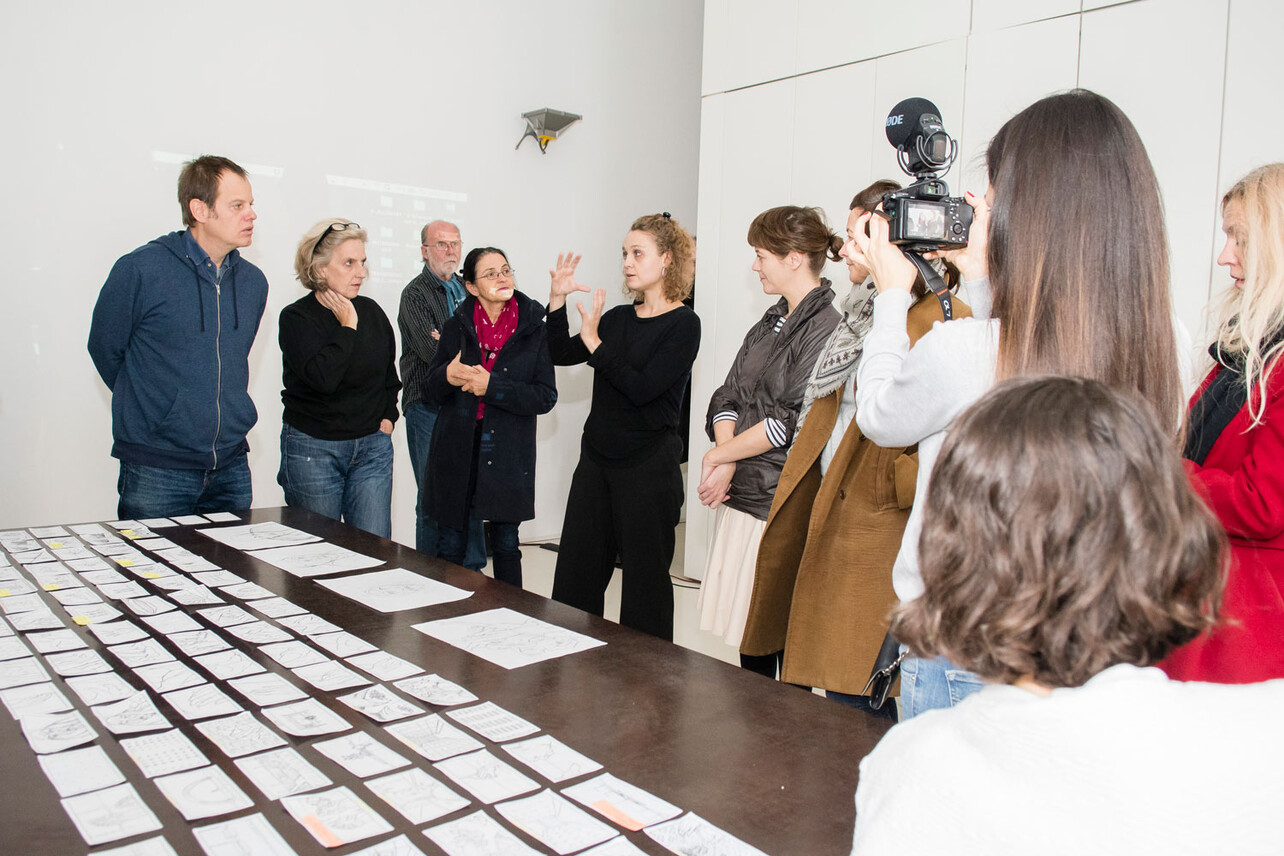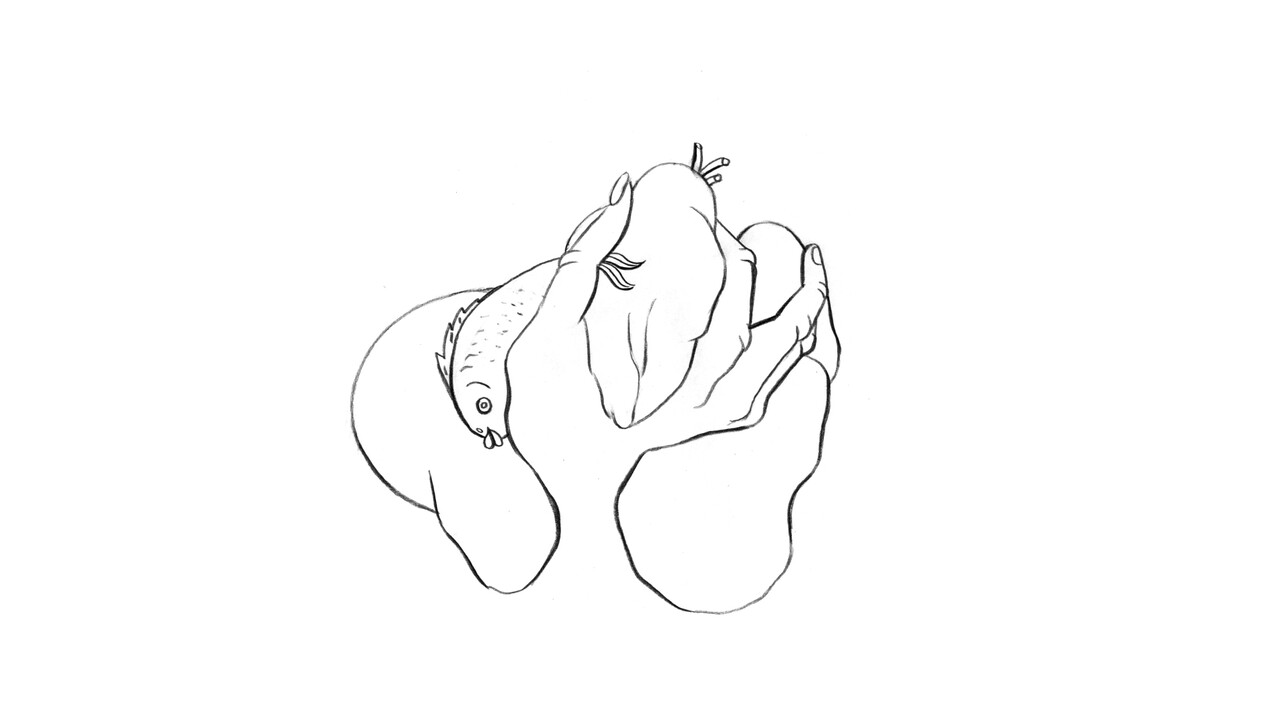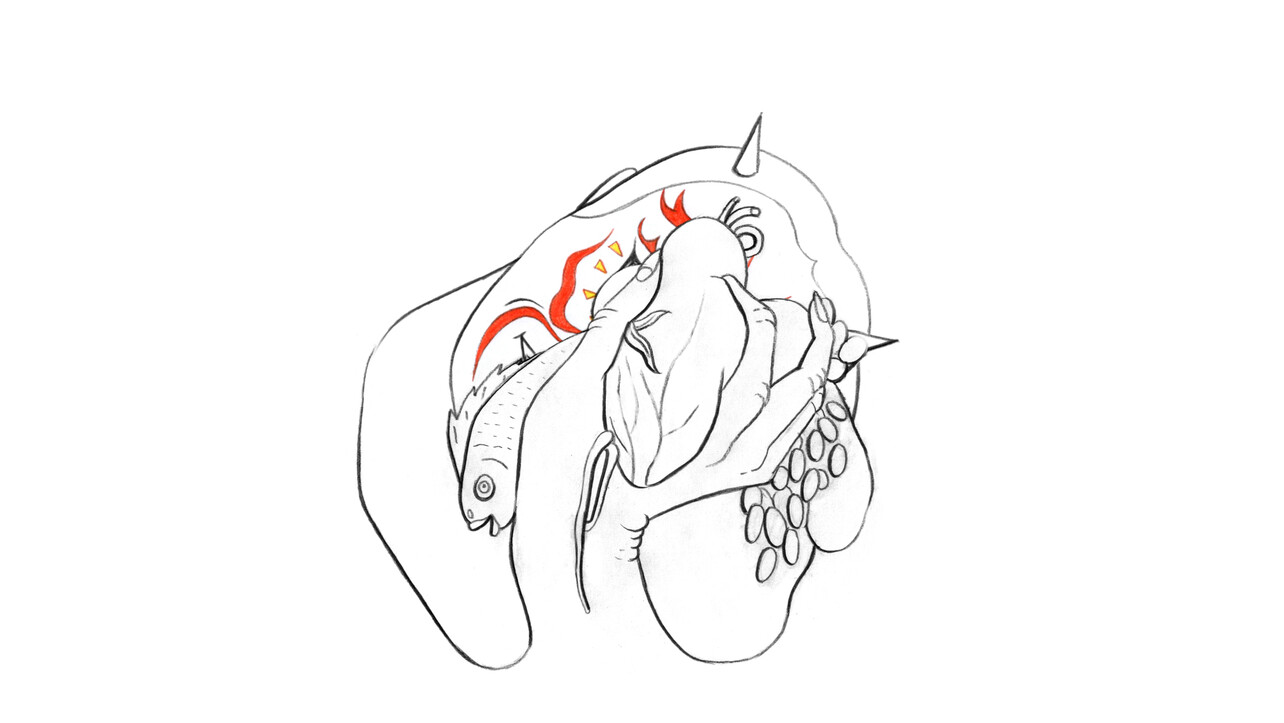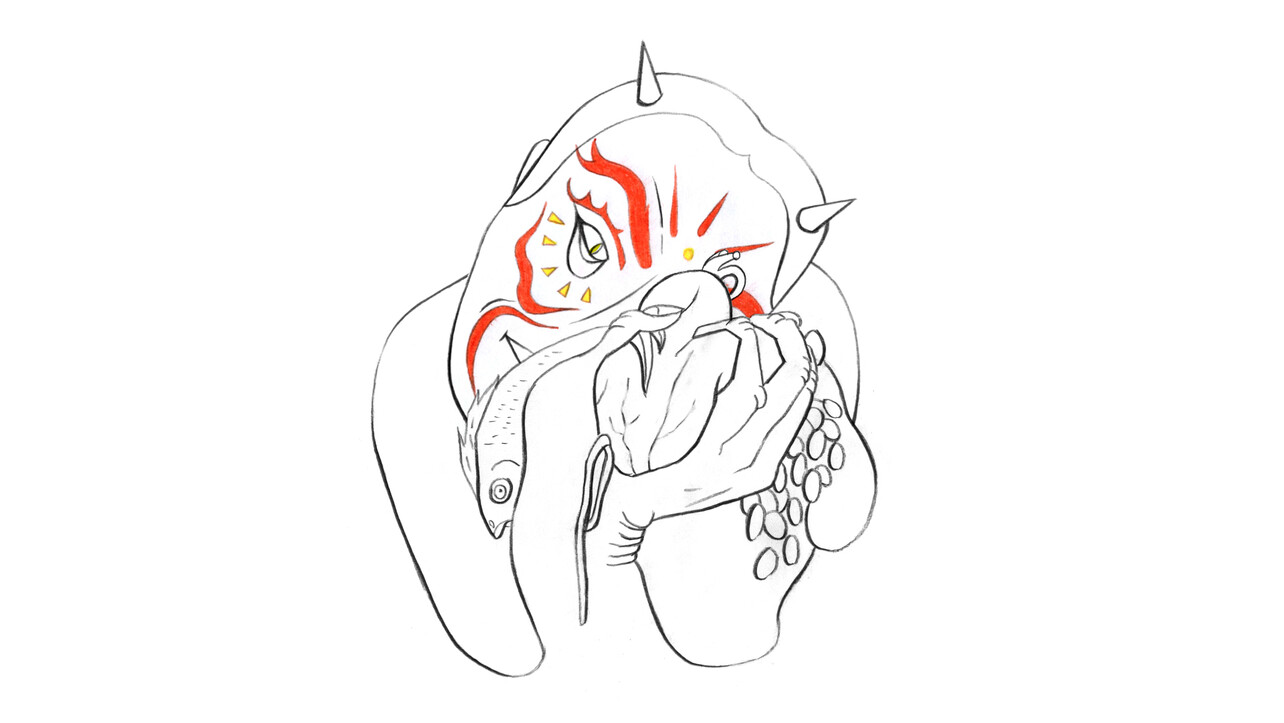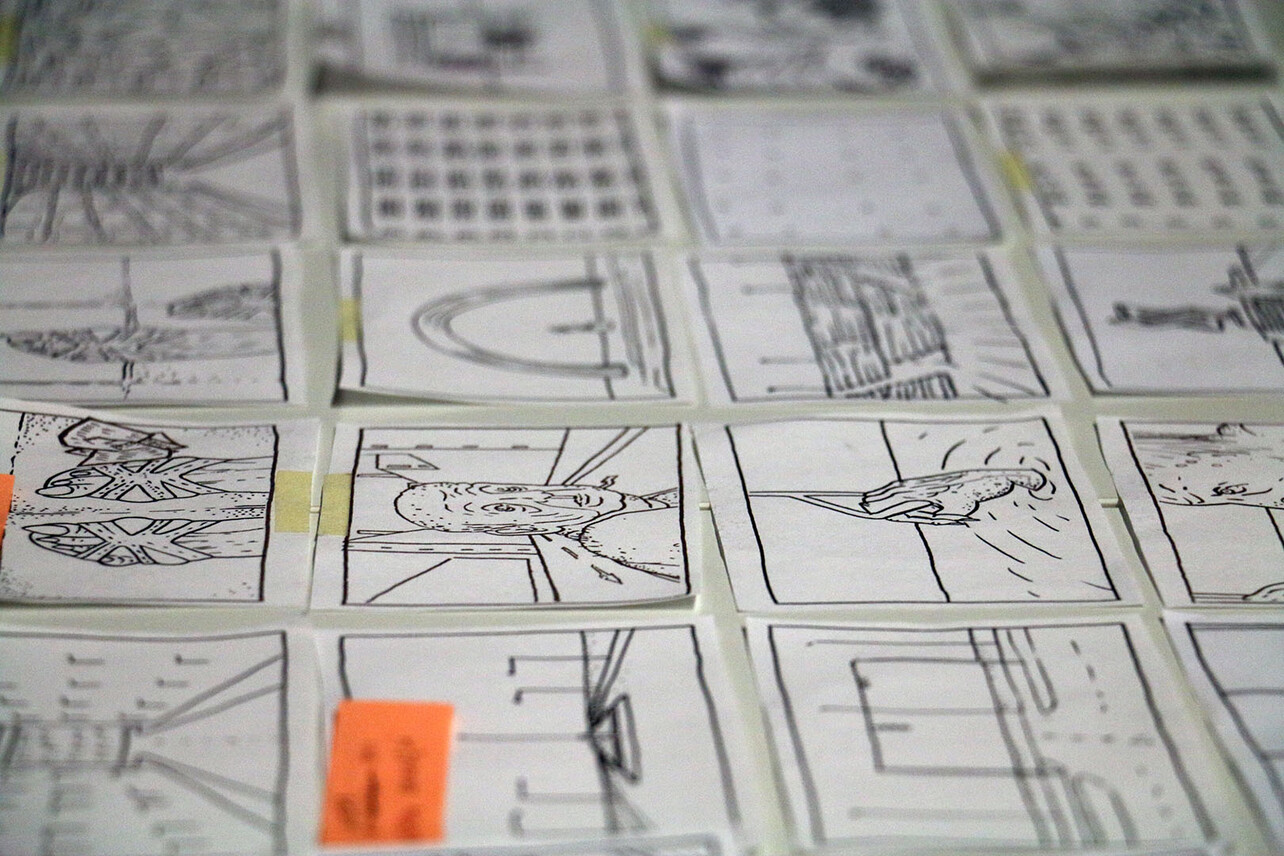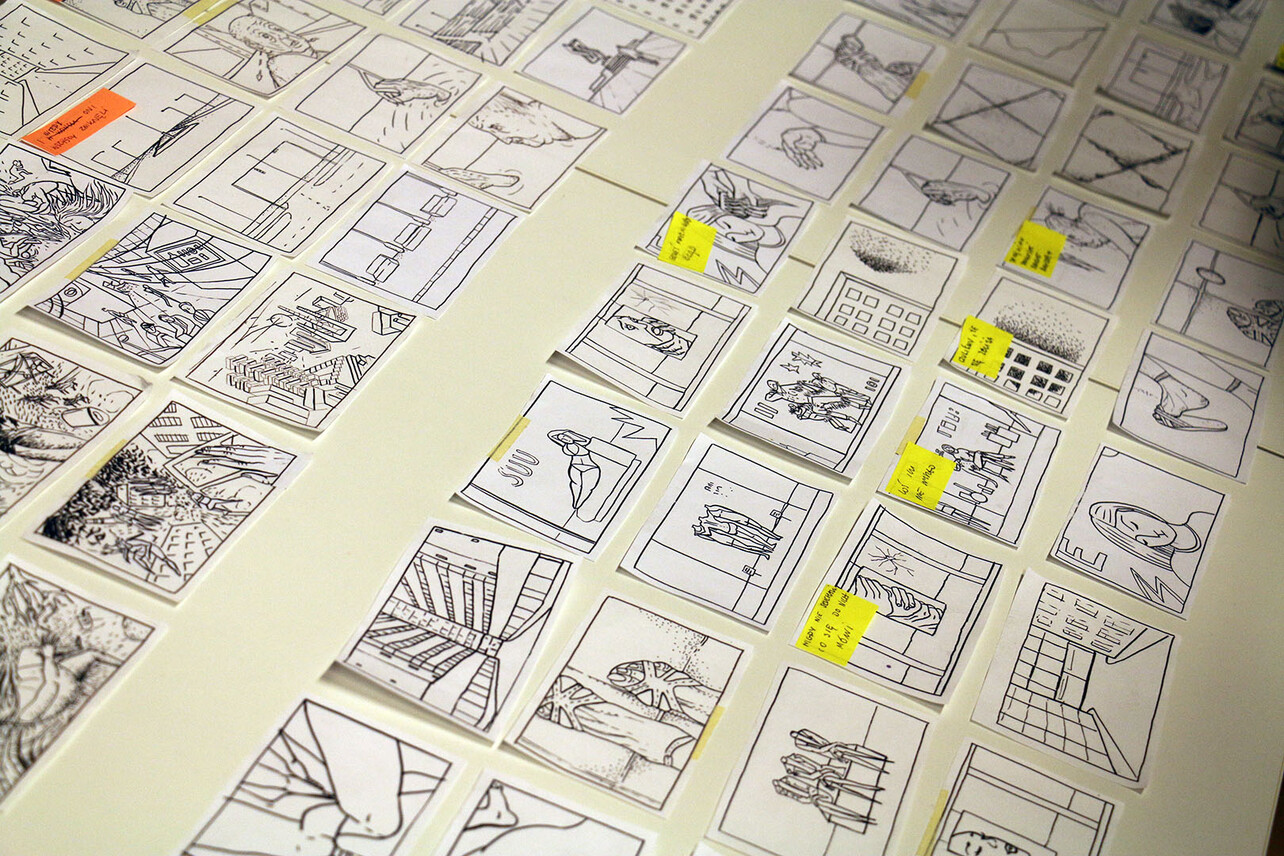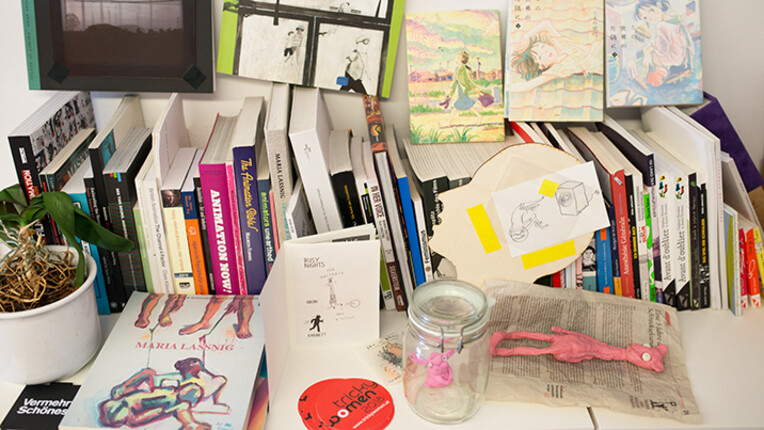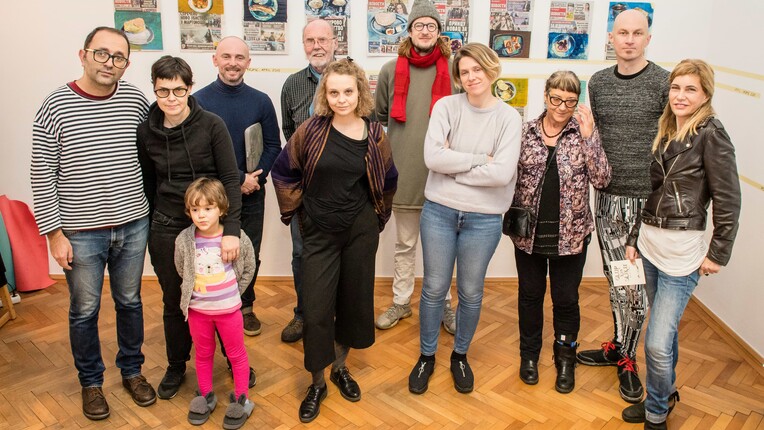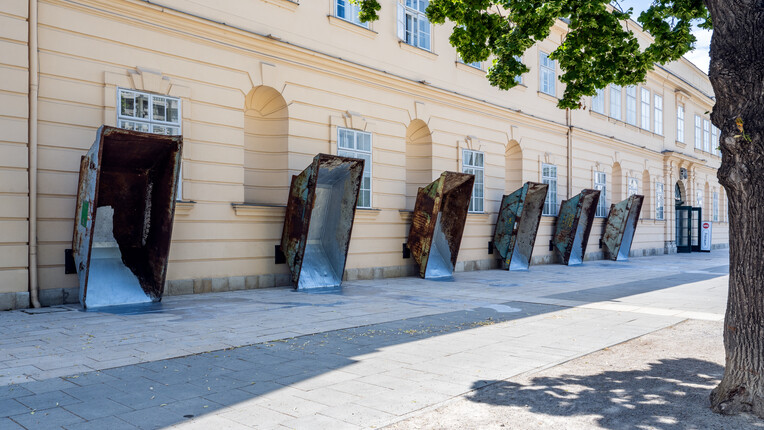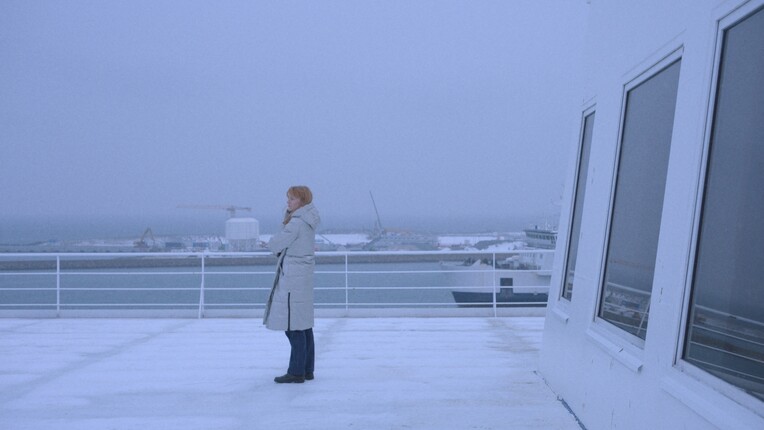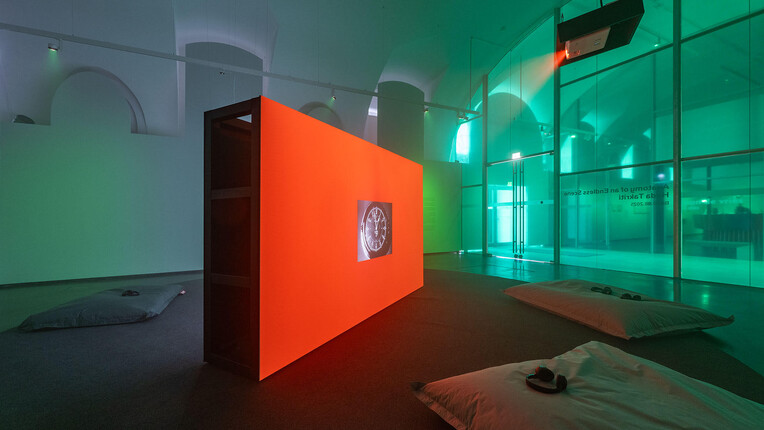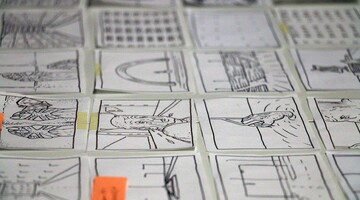
Marta Pajek in conversation with Waltraud Grausgruber
Former Artist-in-Residence Marta Pajek talked to TRICKY WOMEN / TRICKY REALITIES' Waltraud Grausgruber about her work and the making of this year's festival trailer.
Marta Pajek is an independent author of animated films, connected to the Warsaw based Animoon Studio. She is the author of a number of animated shorts, among which are 'Sleepincord', (Tricky Women Award of the City of Vienna 2012), 'Impossible Figures and other stories II' (Grand Prix at the Stuttgart International Festival of Animated Film 2017) and 'III', which premiered in the Cannes Shorts competition in 2018.
She talked to TRICKY WOMEN / TRICKY REALITIES' Waltraud Grausgruber about her work and the making of this year's festival trailer.
Waltraud Grausgruber: You won the Q21 Artist-in-Residence award at the International Animation Festival Tricky Women 2017. During your three-month stay here at the MuseumsQuartier (from September until November 2018) you worked on the festival trailer for TRICKY WOMEN/TRICKY REALITIES 2019. The trailer is running in the art house cinemas in Vienna now.
Where did the idea come from?
Marta Pajek: I tried to find a motif that would address the character of the festival. I chose a witch, because she represents wit and wisdom. She can reach into the gut of our subconscious, which is both fascinating and terrifying. This is also something films can do.
The sound of the trailer is amazing – like in your other films. Music and sound play an important role in your work? What is your approach?
Music and sound play an essential role in my films. I plan them when I start developing an idea for a film and leave plenty of “space” for it, so that it can build the story along with the image. I also work with an excellent sound designer – Michał Jankowski – with whom we have already made three films and the Tricky Women trailer. He plays a very important role in the process of creating my films and we spend a lot of time on perfecting the sound.
The music seems to structure the animation. What comes first?
Usually the animation comes first. However, if I use a song I add it at a relatively early stage. The music composed for the film is made after the film is animated and edited. I only make small corrections in the editing, after the music is added. In both cases, I try to create an internal rhythm within the moving image, so that the sound and music can resonate with it.
In your films you often create a dream-like atmosphere, a subconscious state.
Does it characterise your work?
So far it seems like this kind of atmosphere has been recurring in all of my films.
Vienna is the city where Sigmund Freud worked. Tricky Women presented your film “Sleepincord”, in a cooperation with the Freud Museum. In this film one line connects several different worlds and builds the images.
Female psychoanalysts discussed your film and discovered that there are many parallels in the “language” of psychoanalysts and animation.
Do you get inspiration from there?
Do your own dreams inspire your films?
I don’t look for inspiration in psychoanalysis, but I do find dreams very inspiring, especially their fluidity and strange logic. They can also serve as a kind of medium for reaching deeper levels of consciousness – in this aspect, they are similar to films.
During your residency here in Vienna you also worked on your triptych, the last part of it, “Impossible Figures and other stories I”.
You started the triptych by making “Impossible Figures II” first, then you realised “III”, which is running in the international competition of TRICKY WOMEN/TRICKY REALITIES 2019 on 15 and 16 March. Can tell us more about the tryptych?
The triptych is inspired by the concept of an impossible figure – one that can be drawn according to the rules of perspective and geometry, but cannot be built in reality. Each of the stories shows a simple situation. But the deeper we delve into it, the more traps, illusions and obstacles we encounter. In that sense, the stories are similar, but they take place on three different scales – that of a city, a house and the space between two people.
Why are you working on part 1 as the last? What is it about?
Chronology is not important in watching the films. The form of this triptych is more like that of an altarpiece, with the central image being biggest and most complex, and the side ones slightly smaller and simpler. That is why I took the liberty of starting from the middle part continuing with III, which I connected to more at the time of making it. Now I feel I am ready to tackle part one, which will be a big challenge. Like the previous parts, it will also tell a story about impossibility, but on the scale of a civilisation.
For many live-action directors the short film is a step towards a longer form. Do you also plan to make a feature film or is a triptych the better form to explore a bigger subject in animation?
I treat the short film as a complete form of it’s own, rather than a step towards anything. I chose the form of a triptych because I wanted to explore a wider area and give a more complete picture of the issues that intrigue me. I didn’t think, that the film language I use would work well in a feature-length project. However, I am thinking about the feature, only it would require a slightly different way of storytelling.
In your films female characters are at the centre – which we appreciate a lot. TRICKY WOMEN/TRICKY REALITIES, the festival name, is also a word-play, has a double meaning. What makes you a Tricky Woman?
I make films, which I find tricky enough!
